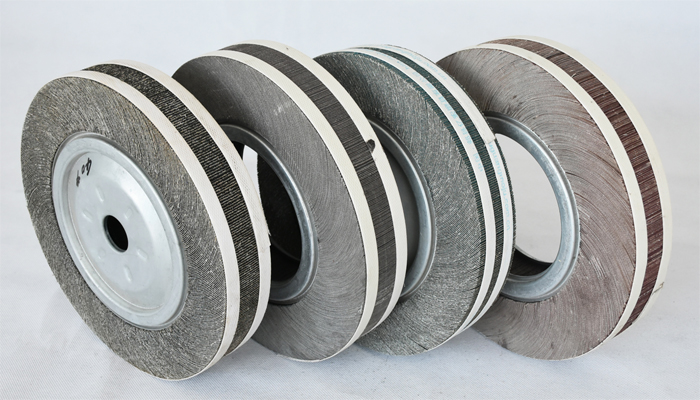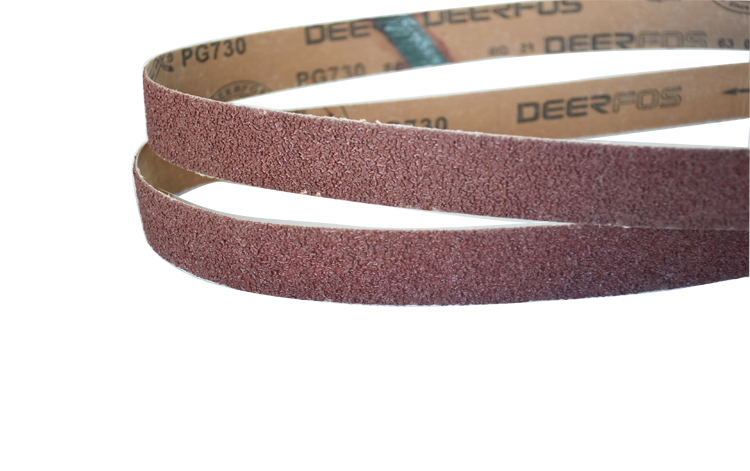Abrasive tools hardness selection principle?

When selecting the hardness of the grinding tool, it is mainly selected according to the nature of the workpiece material and the grinding method. The hardness of the grinding wheel refers to the difficulty of the abrasive grains on the surface of the grinding wheel falling off under the action of grinding force. The hardness of the grinding wheel is soft, which means that the abrasive grains of the grinding wheel are easy to fall off, and the hardness of the grinding wheel is hard, indicating that the abrasive grains are difficult to fall off. The hardness of the grinding wheel and the hardness of the abrasive are two different concepts. The same kind of abrasive can be made into grinding wheels of different hardness, which is mainly determined by the performance and quantity of the bonding agent and the manufacturing process of the grinding wheel. The significant difference between grinding and cutting is that the grinding wheel has “self-sharpness”. Choosing the hardness of the grinding wheel is actually choosing the self-sharpness of the grinding wheel. It is hoped that the sharp grinding particles should not fall off too early, and should not be blunt or fall off. . The general principles are as follows:

When grinding hard materials, the abrasive particles are easy to blunt, in order to make the blunt abrasive particles fall off in time, a softer abrasive tool should be selected.
When grinding soft materials, the abrasive grains are not easy to be blunt. In order not to cause the unblunt particles to fall off prematurely, a harder abrasive tool should be selected.
When grinding very soft and tough non-ferrous materials (such as aluminum and copper), in order to avoid blockage of the grinding tools, softer abrasive tools should be used.
The grinding wheel has a low line speed, and a harder grinding wheel should be used; the grinding wheel has a high line speed, and a softer grinding wheel should be used. The contact area between the grinding wheel and the workpiece is large, and a softer grinding wheel should be used; if the contact area is small, a hard grinding wheel should be used.
When grinding workpieces with poor thermal conductivity, deformation, and burns, a softer grinding wheel should be used.

In the case of dry grinding, in order to reduce the heat generation and avoid burns of the workpiece, the hardness of the grinding tool should be 1:1 softer than that of the wet grinding.
When the grinding efficiency is high, a softer grinding wheel can be selected.
When the roughness requirement is low, a harder grinding wheel can be selected.
